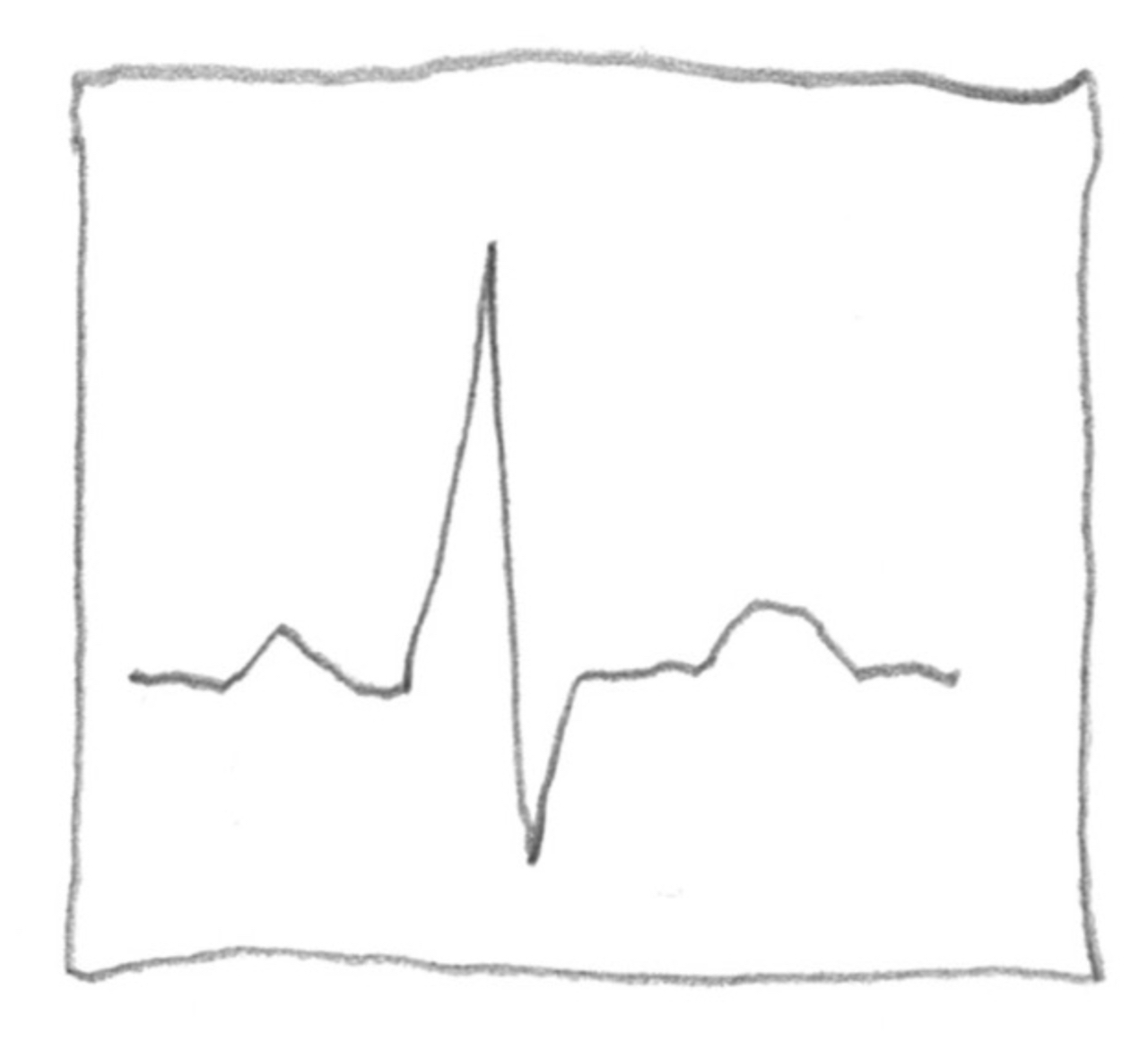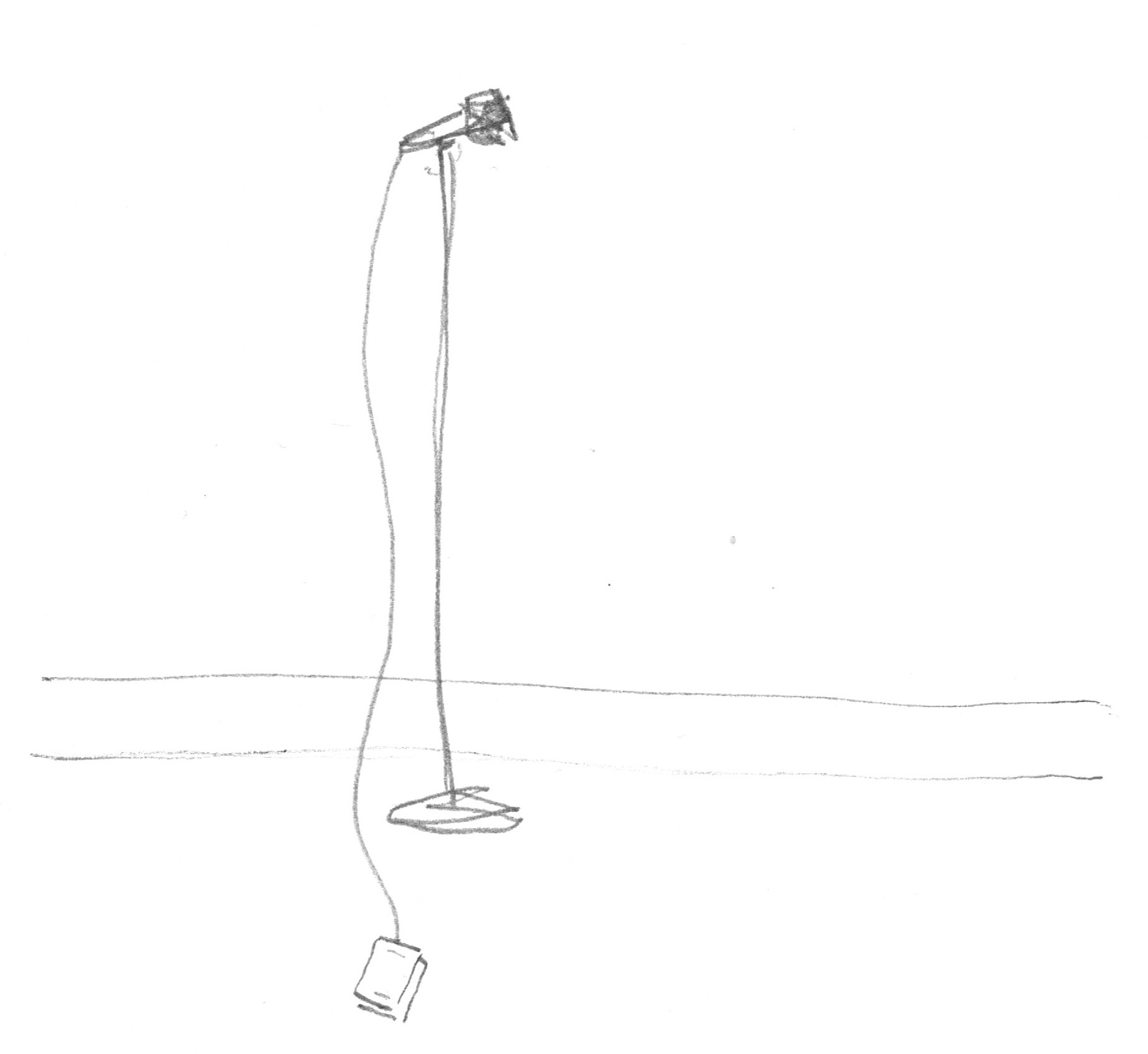 The heading for this post was the title I was going to give an album of standards I planned with my trio. We were going to play ‘No-one can like the drummer man’ and ‘Slap that bass’ and all sorts of wildly inappropriate stuff like that. We never did. We stuck with original music because a) we prefer it, and b) it’s what we do best, and c) because to record at all is a blessing so why waste it on such nonsense. High-minded only begins to describe what we are.
The heading for this post was the title I was going to give an album of standards I planned with my trio. We were going to play ‘No-one can like the drummer man’ and ‘Slap that bass’ and all sorts of wildly inappropriate stuff like that. We never did. We stuck with original music because a) we prefer it, and b) it’s what we do best, and c) because to record at all is a blessing so why waste it on such nonsense. High-minded only begins to describe what we are.
Other posts have covered my efforts in 2020 to help people feel not so isolated or lonely, by putting a bit of solo piano music around to help them along. Because I was working almost daily I drew on the standard repertoire, towards which again other posts have described my previous antipathy. I thought, as I put these pieces out there, actually I know this stuff. I was obliged to engage with it as a student, and I’ve figured out how to play solo piano, and in truth some of these tunes are really damn’ good.
The thing about jazz, I think, is that everyone is an individual and has a contribution to make. Certainly you can learn all the scales and trot them out at a million miles an hour and convince the non-attentive festival audiences that you’re all over your instrument and worth the ridiculous amount of money they paid to hear you. But the best jazz is made by folks who have done the hard yards figuring out just how they want things to sound, and then honing their craft to make that sound, dependably.
Sounds like I’m giving myself a huge rap here as a wildly original creator. That’s not really what I mean. But I have been at this for a number of years now and I’m proud when people say, ‘This piece came on the radio and I thought, “That’s Tim Stevens! And it was!”‘ In those glorious days as an undergraduate at what was then the Victorian College of the Arts the whole vibe was about ‘who are you? What do you want to do? How are you going to do it? Listen, we encourage, we oblige you to find your thing and pursue it. To death, comrades, to death.’ That’s part of the reason that I became so devoted to original music, to finding my thing, what I wanted most of all to play, and then to playing it.
But standards were, as I say, always in there, and I think that at the ripe old age of fifty I’ve figured that my own personal voice, such as it is, can be brought to bear on standard repertoire, to make it personal.
I have just recorded a set of ten standard tunes at Pughouse Studios, in Thornbury, where I made my church records. The piano there is a Pfeiffer, the only one I’ve ever played, and I really like it. Perhaps I’ve also already said how I reckon the piano player’s mission is to find their relationship with the instrument with which they find themself working; maybe I haven’t but it’s an article of faith for me. You never know what you’re going to get; you show up for the gig and it’s a baby grand (oh, yay!) or it’s a bigger grand that hasn’t been tuned for a few months, or it’s a clapped-out upright where the C-sharp doesn’t work and you’re due to play the Moonlight. Whevs, you have to get the job done. Some people I have heard object to the Pfeiffer but I think it has tremendous character and I reckon I know how to make it sound okay. (So does Niko Schauble, its owner and the engineer at Pughouse.)
For this session I thought long and hard about what I actually wanted to play. I have a manner of dealing with ‘All the things you are’ that I don’t think anyone else has thought of; it’s in two keys. When you hear the record you’ll be astonished. (He said.) ‘All the things’ was one of the first standards I learnt, because it was obligatory at the VCA. Standard repertoire is important for students and still I give mine a bunch of pieces I feel they need to know. They teach you about harmony and about structure, and these are essential lessons. I am an enormous fan of Fred Astaire and Ginger Rogers, and one of their finest pictures in my opinion is Top Hat. Irving Berlin’s music for that picture is superb, and I selected two tunes from it: ‘Isn’t it a lovely day’ and ‘The Piccolino’. You could say ‘The Piccolino’ is not actually a standard since no-one plays it. But I’m taking its age, and its genesis at the hands of Irving Berlin, as an indicator of standard-ism and I shan’t be told otherwise. ‘I’m gonna laugh you right out of my life’ is one of my favourite songs in the history of the world, alongside ‘Mondnacht’ and ‘Erlkönig’, and it breaks my heart every time I play or hear it. No-one seems to perform it, but I had to put it in the set because it’s such an incredible tune. The words! ‘And if I find you and I really meant that last goodbye, then I’m gonna laugh so hard, I’ll cry’. I mean fuck.
The record is to be dedicated to my brother and his fiancée, so ‘Taking a chance on love’ is in there, as well as ‘My funny valentine’ (selected by Sall). ‘Last night when we were young’ and ‘Oh, lady be good!’ are further crackers and take the ballad count to three. I love Billie Holiday’s version of ‘Miss Brown to you’ so I popped that in, and the list is completed with ‘When you wish upon a star’. This piece I’d had no intention of playing; I haven’t thought of it for years and although I played it with Al and Nick way back in the day it’s not a piece with which I’ve really stayed connected. Getting to the end of the session though, it struck me that I didn’t have anything in three among the pieces I’d played. So I had a crack at ‘Some day my prince will come’, which is not a tune I like very much and on which I did not distinguish myself, whereupon I remembered ‘When you wish’. I played it, and I was so pleased with how it sounded that I felt it had to be the album’s conclusion.
Working with Niko at Pughouse is such ridiculous fun, and I’m so pleased with the work I have done there. I did three church albums there, perhaps I’ll do three standards ones.
There is something that if it happens I know is going to give me the shits, royally, and that is if someone hears this and says, well at last, some jazz. Because I’ve taken my time to come around to this repertoire – and, as aforesaid, I had my reasons – my late arrival might be any number of things. Surprising, perhaps. Relieving. Regarded as a bit desperate. Consoling. I don’t know. It is a departure however from all the things I’ve been trying to achieve in the last twenty-five years, so I’ll have to deal with the reception as it comes. Perhaps this will even involve the album’s being nominated for one of those crummy awards in which I’ve never taken any interest, and then if I win I’ll have to resist my urge to stand up and give an acceptance speech beginning with ‘Just as long as you all know this is a massive pile of cattle’s business…’ It’s unlikely of course but stranger things have probably happened. Melbourne won a premiership last year. Josh Frydenberg was defeated at the last federal election. Mullets came back. I’ve recorded some standards.
CD out soon. Available initially on Bandcamp, then in a couple of record stores, and then when finally I get around to it I’ll share it streaming-side. Not initially but eventually. They can wait.
EDIT: It isn’t streaming. Streaming is evil.
